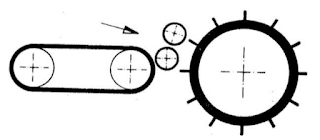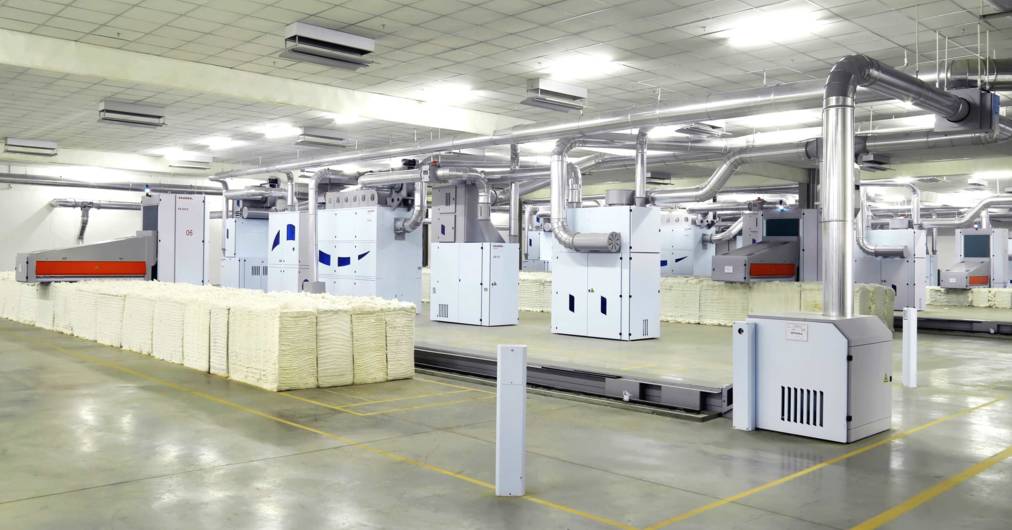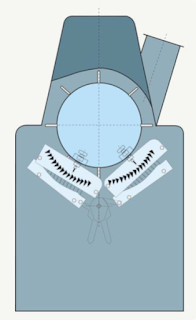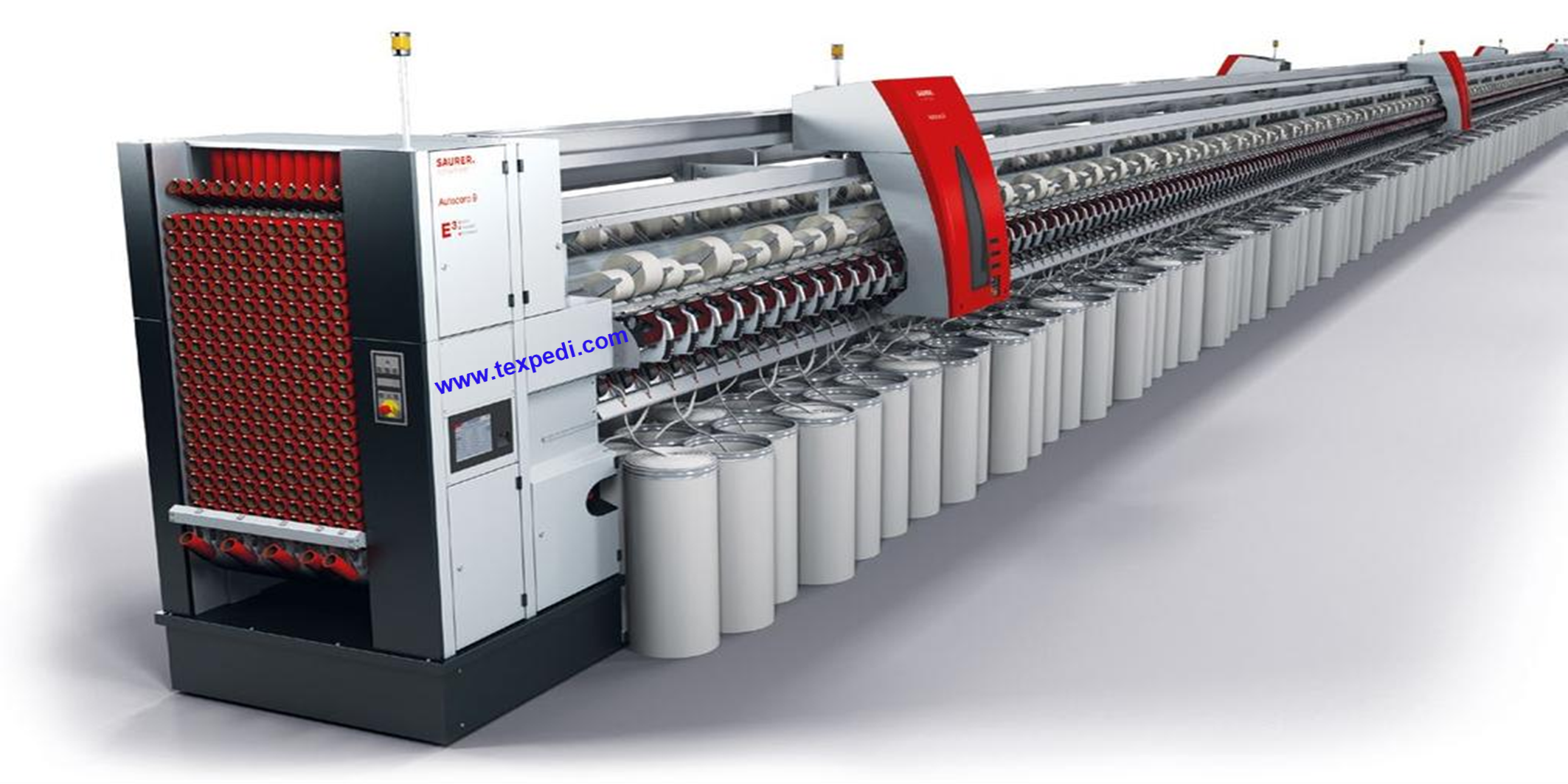There are mainly three (3) types of beaters used in blow room and they are explained below-
1. Porcupine,
2. Bladed beater: Beater arms (Multiple bladed beaters),
3. Kirschner beater
1. Porcupine:
The strikers are arranged at different angles to cover the total width of the m/c in one revolution of the beater. Good opening beater and suitable for long-staple cotton. It separates the fibres by the striker. Simultaneously cleaning is also done.
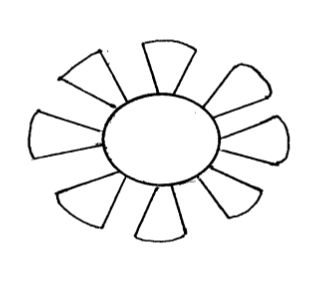 |
| Porcupine Beater |
2. Bladed beater: Beater arms (Multiple bladed beaters):
The beater bars arranged parallel to the supporting shaft and held by four or five cast-iron arms. Opening and cleaning effect of this type of beater is small. It is hardly found a row, it is only in the form of the double beater scutcher.
 |
| Multiple Bladed Beater |
Types of Multiple bladed beaters?
There are two types of Multiple bladed beaters as below-
- Two bladed beaters.
- Three bladed beaters.
Two bladed beaters:
– Two blades are arranged in both sides and equal distance of shaft.
– Revolution per minute 800-850.
– To clean broken seeds or heavy impurities of fibres.
 |
| Two bladed beater |
Three bladed beaters:
– Similar to a two-bladed beater
– Three blades arranged in an equal distance of shaft
– Clean darts like two-bladed beater but are more effective RPM of three blades beater 850-940.
 |
| Three Bladed beater |
3. Kirschner beater:
In this type of beater, instead of beater bars, pinned bars (pinned lags) are secured to the ends of the cast-iron arms. The relatively high degree of penetration results in a good opening. Kirschner beaters were therefore often used at the last opening position in the blow room line. Modern Kirschner openers are often designed as closed rollers rather than three-armed beater units. The design is simpler and the flow conditions are more favourable.
 |
| Beaters with pinned bars |
 |
| Rollers with pinned bars |
Texpedi.com
Check out these related articles:

